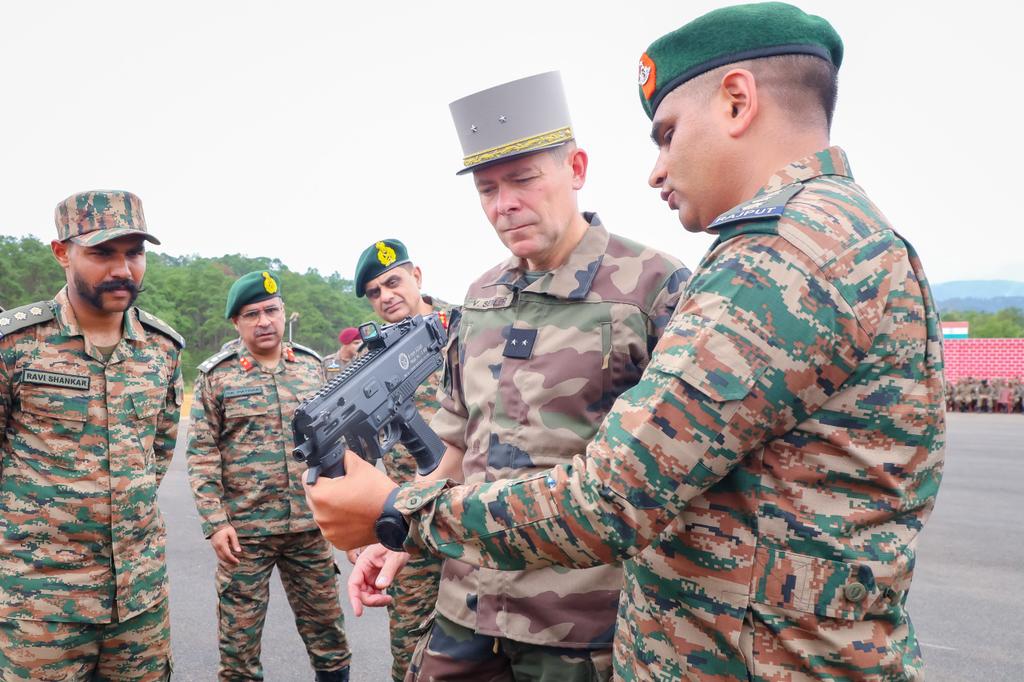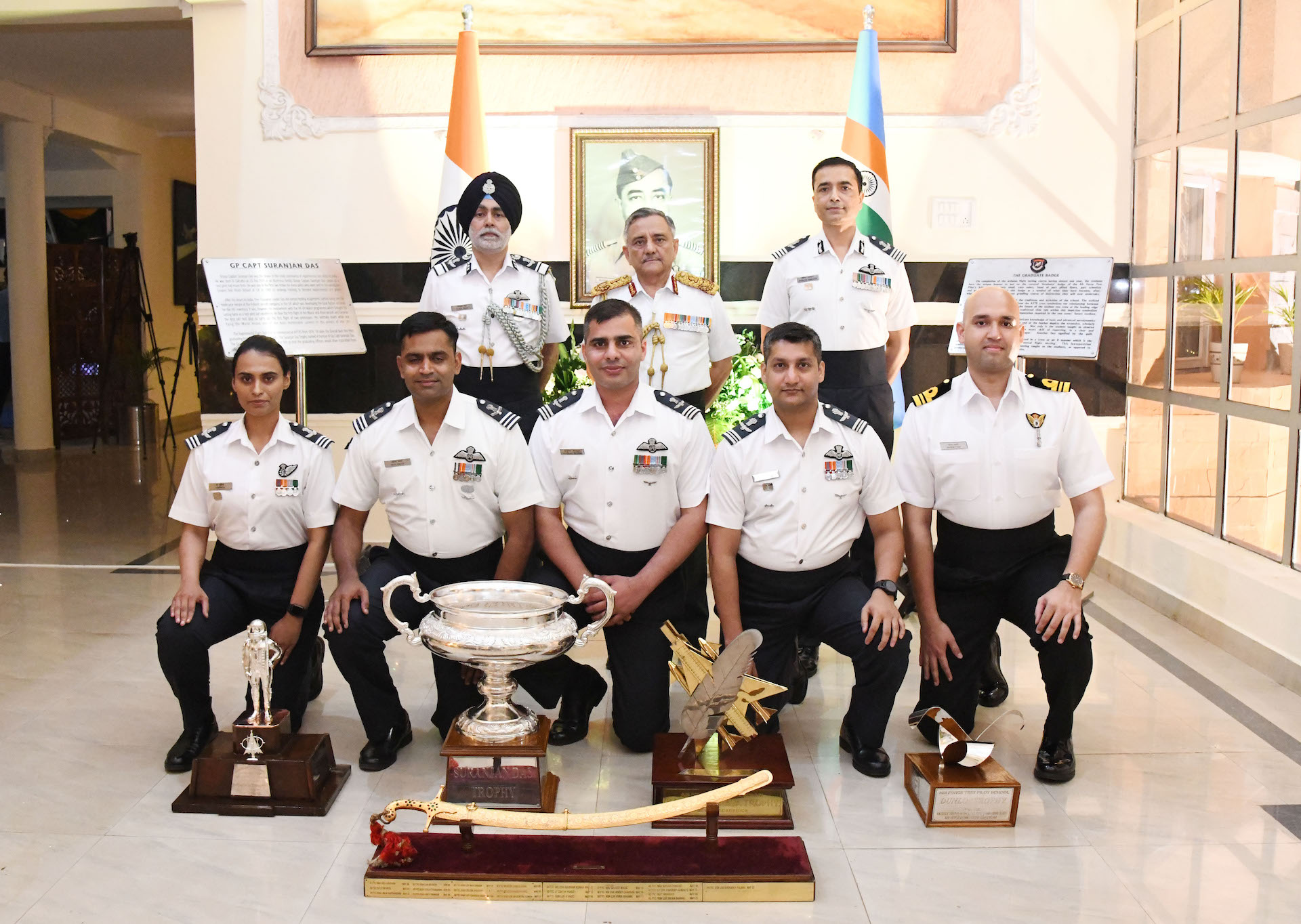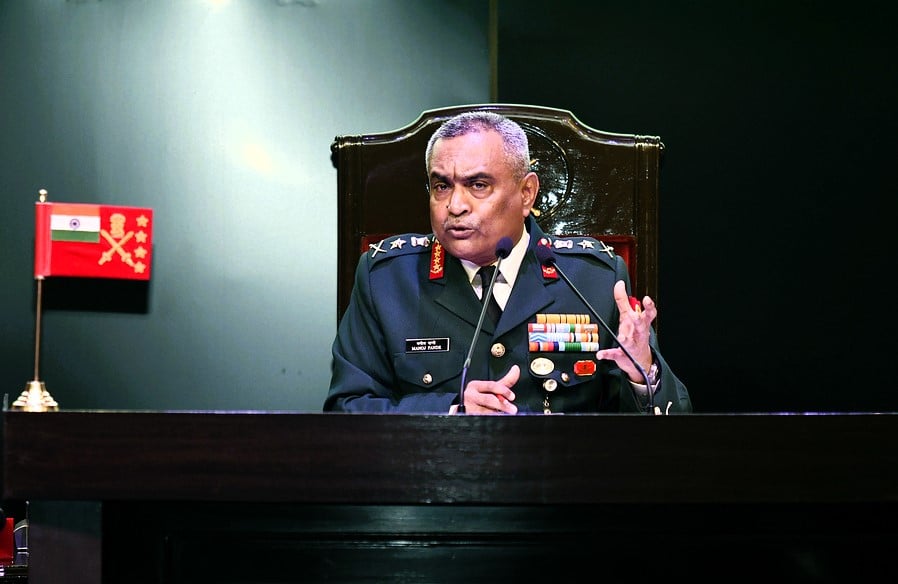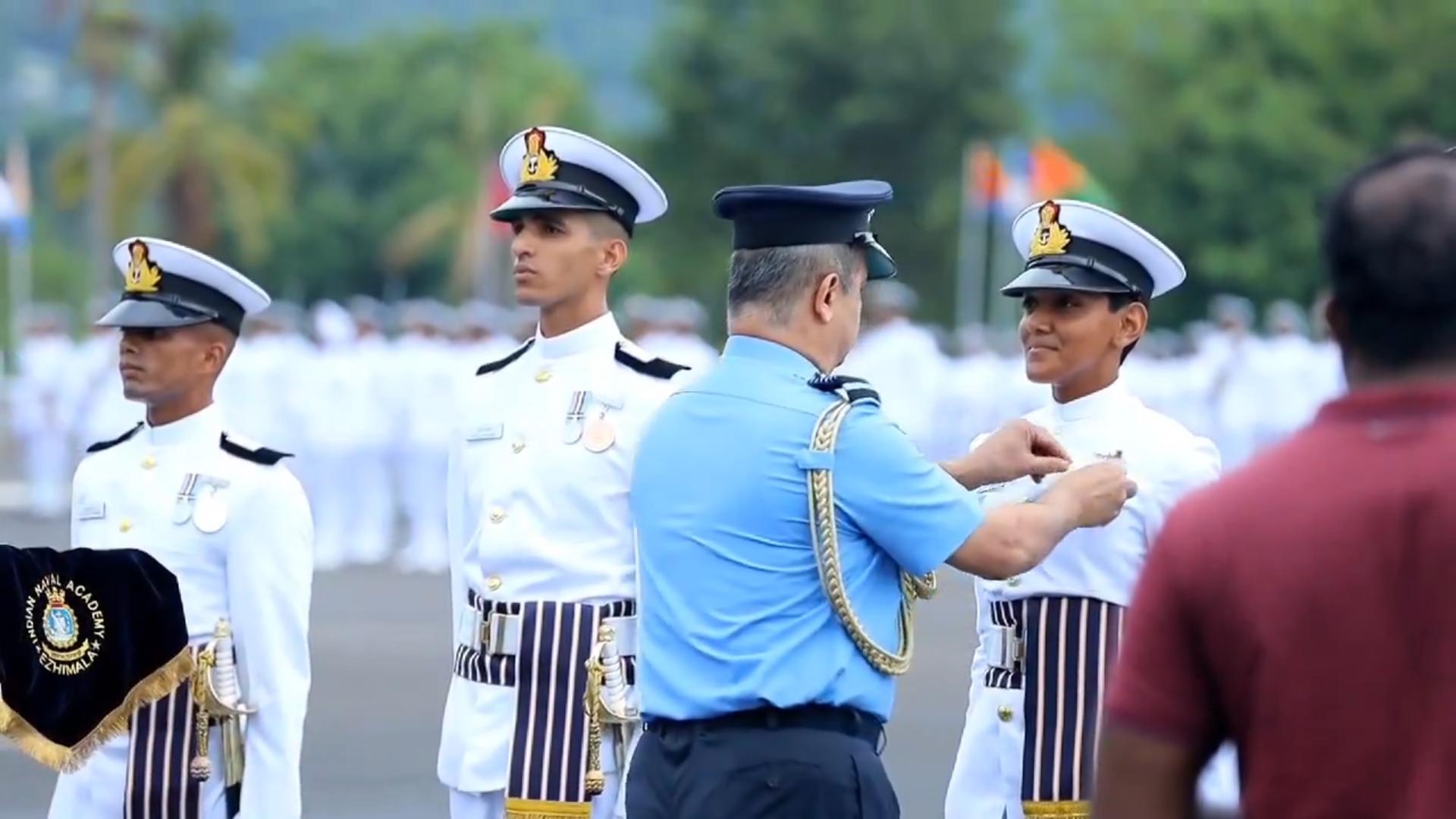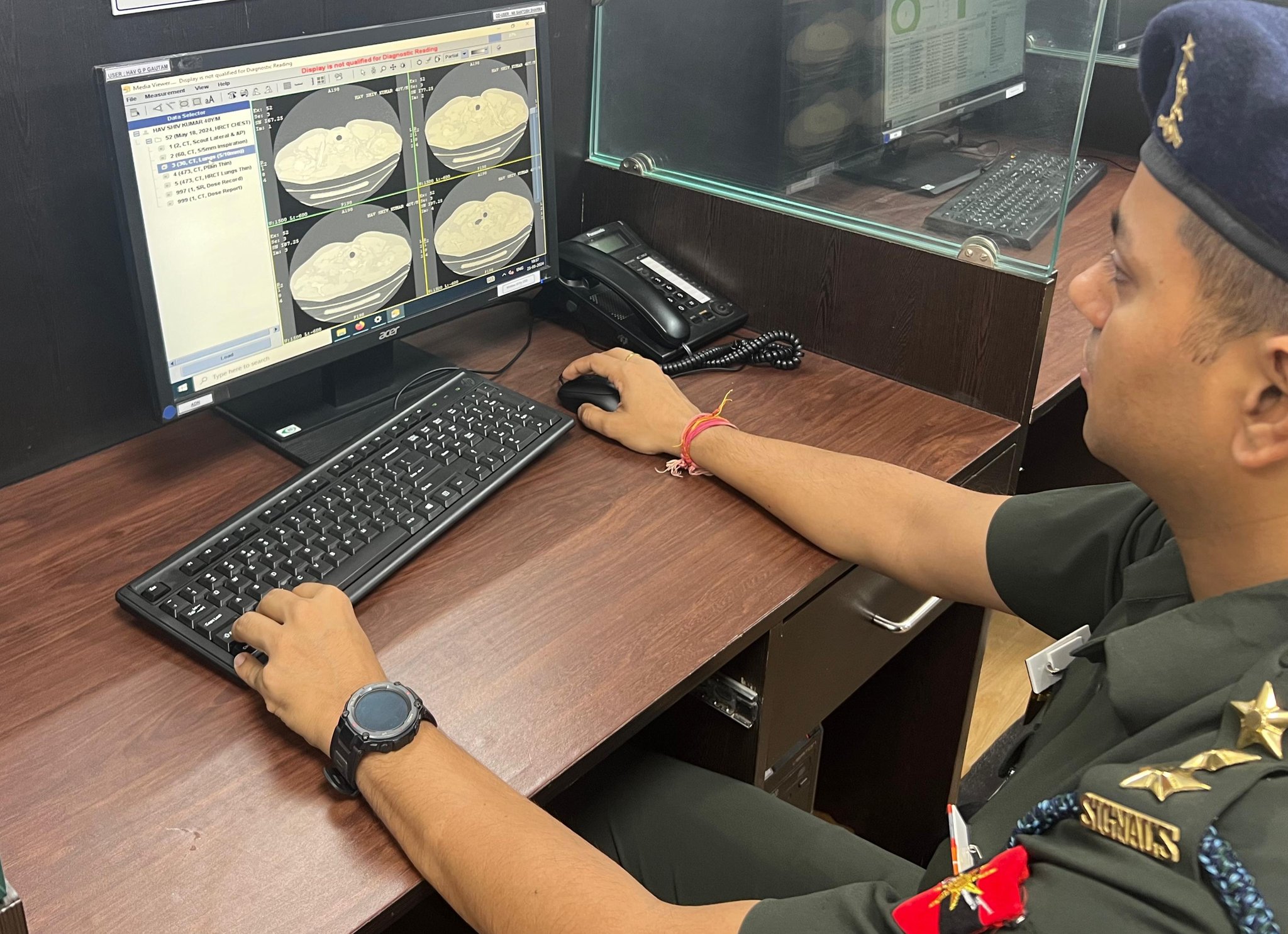Joint Military Exercise Shakti 2024 Concludes in Meghalaya
The 7th edition of the Joint Military Exercise 'Shakti' between India and France concluded on May 26 at the Foreign…
17 Students Graduate from 46th Flight Test Course of Air Force Test Pilots School
Seventeen students have successfully graduated from the 46th Flight Test Course of the Air Force Test Pilots School (AFTPS). The…
One-Month Extension Granted to Chief of Army Staff General Manoj Pande
The Appointments Committee of the Cabinet has approved a one-month extension for the Chief of the Army Staff (COAS), General…
Meet Sub Lieutenant Sandhita Patnaik, 2nd Generation Officer Wins Gold Medal
Sub Lieutenant Sandhita Patnaik, hailing from Telangana, has made her mark as a second-generation officer in the Indian Navy by…
Sapta Shakti Command Leveraging Technology to Enhance Medical Capabilities in Remote Areas
In a significant technological advancement, the Sapt Shakti Command has initiated a project that enables remote stations to access medical…
India-France Joint Exercise Shakti 24: Showcasing Special Heliborne Operations at Umroi
In a display of exemplary military collaboration and prowess, the Indian Army and the Indian Air Force (IAF) conducted a…

